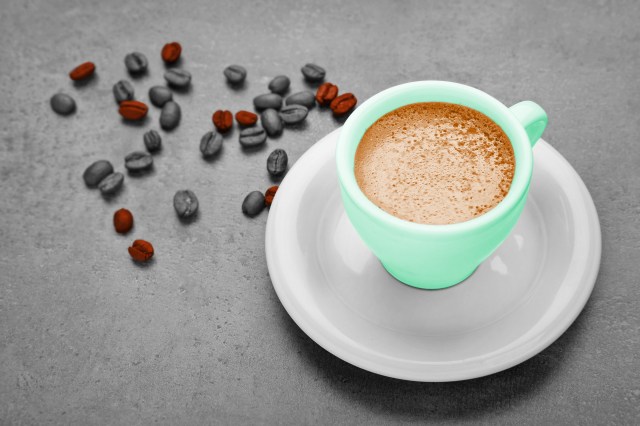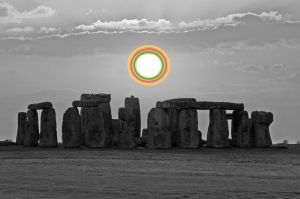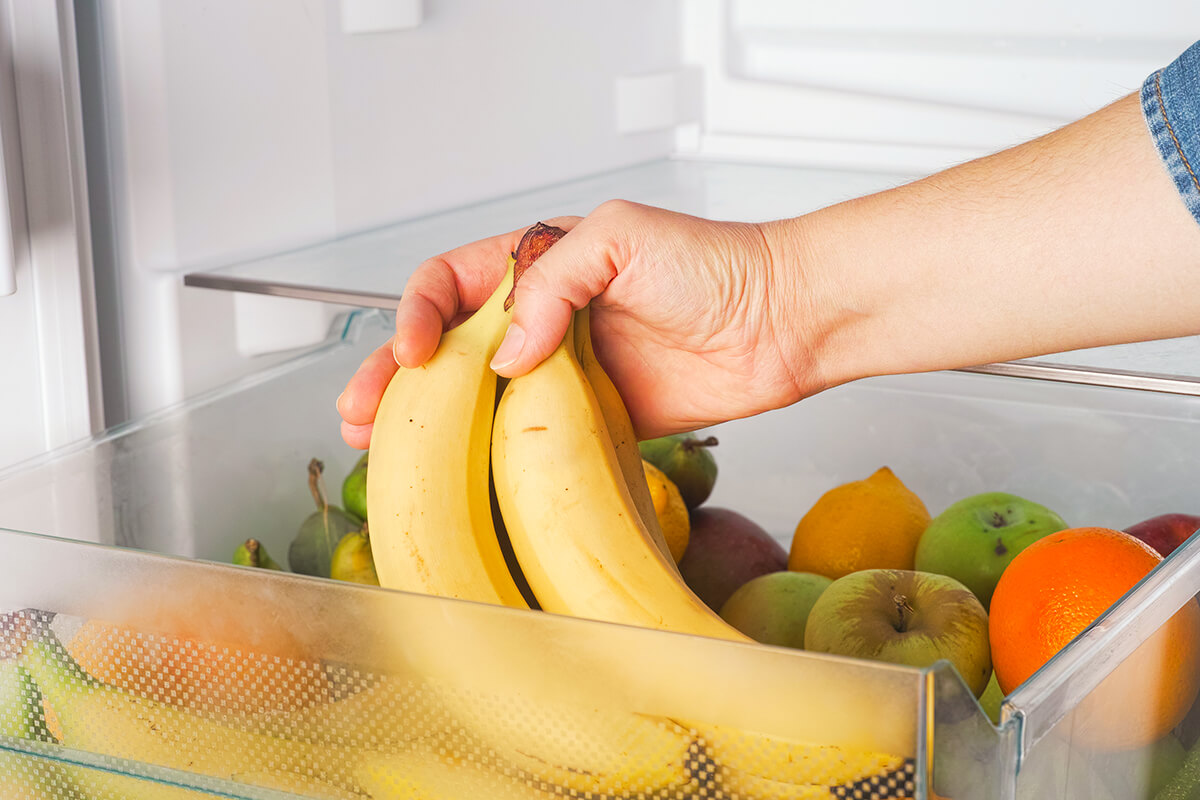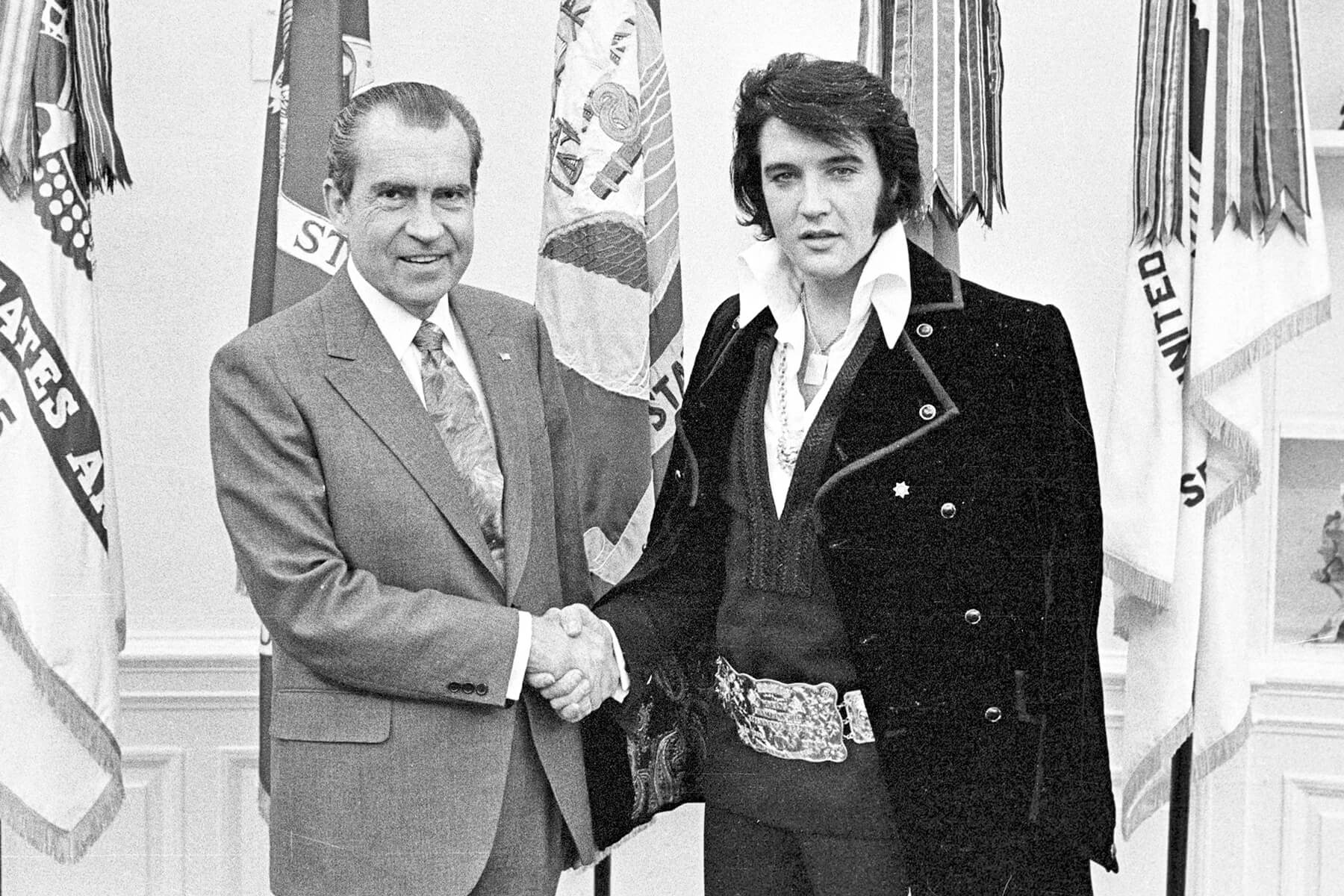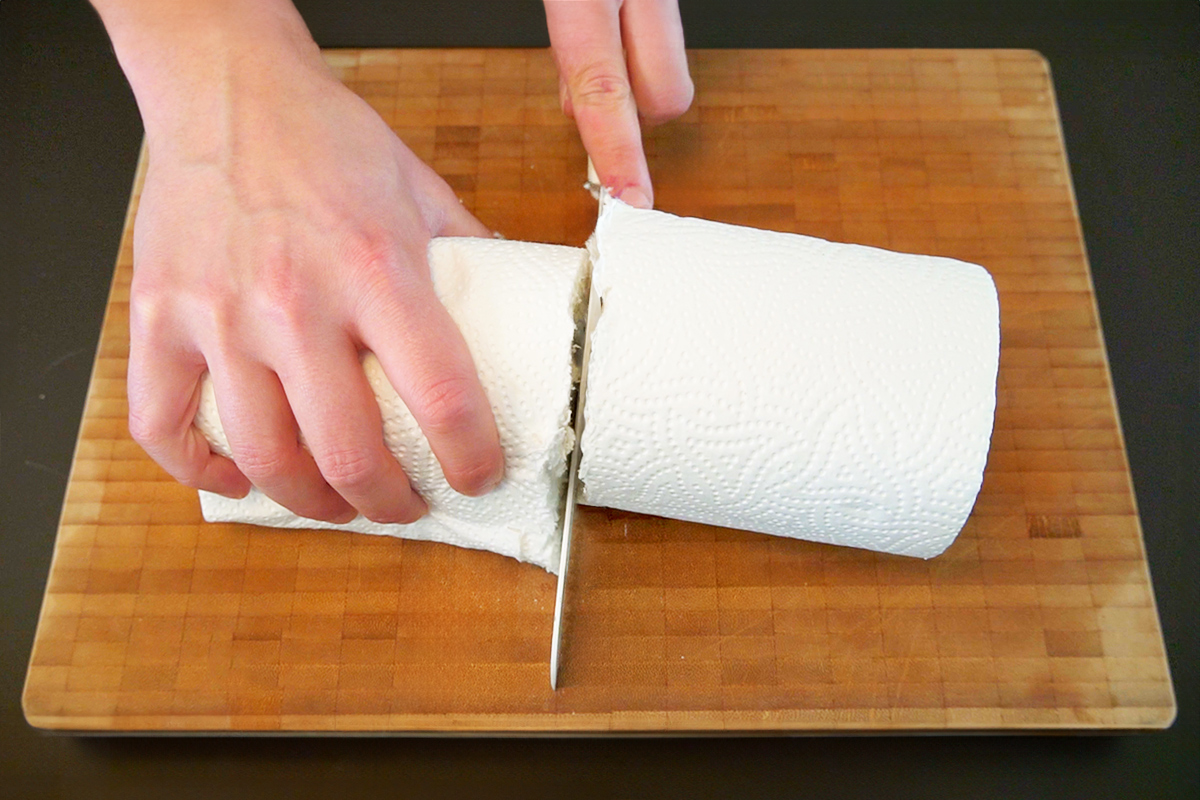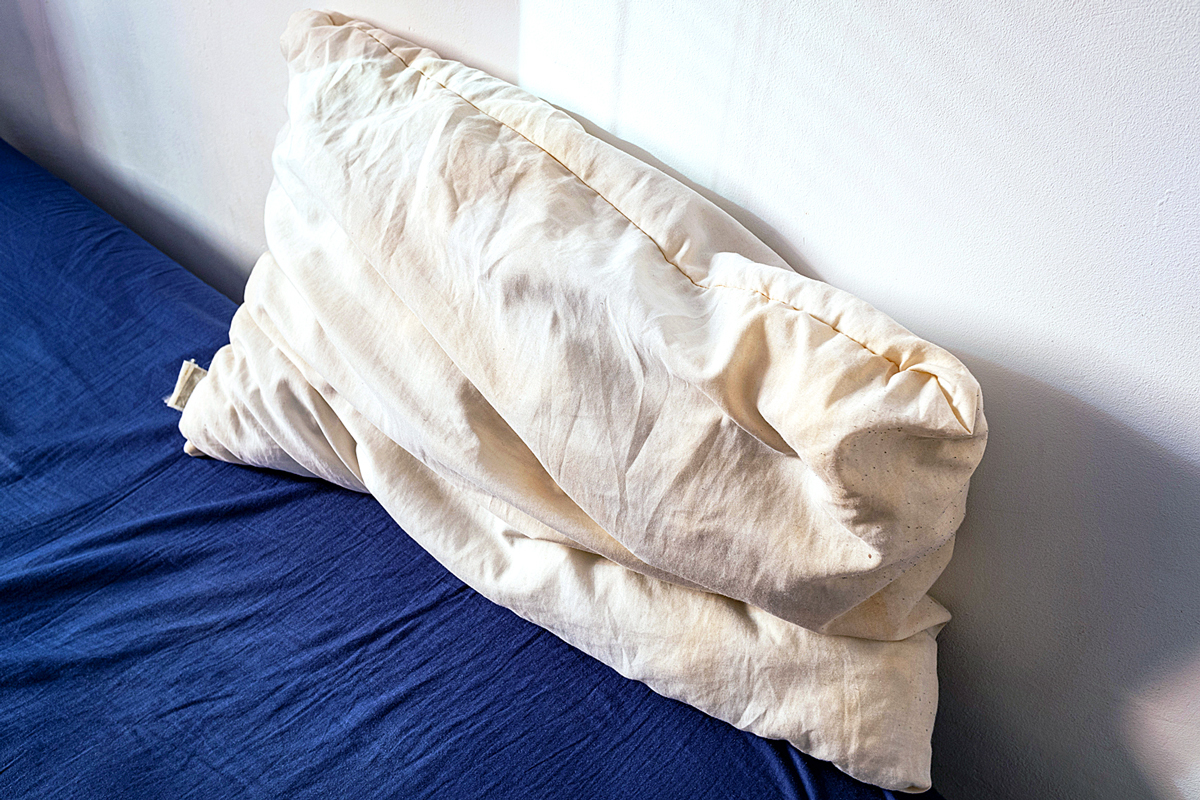
What’s an Americano?
The humble Americano is a product of World War II, born of American soldiers’ attempts to recreate their good old cup of joe from back home while they were stationed in Italy. The “black coffee” of espresso drinks, the caffè Americano is just water and espresso. It contains no dairy or plant milks, and the ratio is usually one-third espresso to two-thirds hot water — although some serve it with half espresso and half water. To make this drink, one must first pour the espresso, and then add the water. Ice can be added to serve it cold. The Americano’s close cousin, the long black, is served in Australia and New Zealand, and it’s a slightly stronger beverage, due to the espresso being poured second.

What’s a Latte?
Latte means “milk” in Italian, so this drink is aptly named. In most coffee shops, if you order a caffè latte — or “latte” for short — what you’ll get is two shots of espresso poured into between 4 and 6 ounces of steamed milk. (If you order a larger size, you’ll get more steamed milk added, but the amount of espresso will stay the same — unless you request an extra shot, that is.) Coffee has been commonly taken with cream or milk, either steamed or unsteamed, in Europe since at least the 17th century. But the modern latte we know today was established on the West Coast of the U.S., starting out on the menu at the historic Caffe Mediterraneum in Berkeley, California, in the 1950s and later popularized in cafes throughout Seattle, Washington, in the ’80s. Depending on the barista, your latte may have a small amount of foamed milk added to the top — and you may even receive a pretty design in the foam, if they’re skilled at latte art. Just don’t order a “latte” when in Italy — if you don’t use its full name, caffè latte, you might end up with a regular glass of milk!

What’s a Mocha?
Are you a chocolate fan? Well, a mocha is just a latte with chocolate in it, usually in the form of either cocoa powder mixed with sugar or chocolate syrup. Its name alludes to the port city of Mokha, Yemen, an early center of the coffee trade starting in the 15th century. As the story goes, the beans from Mokha were said to have an element of chocolate in their flavor and tone, and eventually, around the turn of the 20th century, people just started adding the chocolate themselves. A caffè mocha — or just “mocha“ for short — is traditionally served in a glass rather than a mug and is frequently topped with a dusting of cinnamon. Because it has added sugar, some people consider the mocha a dessert rather than a breakfast drink, but be careful — because it contains chocolate, a mocha can contain significantly more caffeine than other coffee drinks, so it may not be the best choice before bedtime.
More Interesting Reads

What’s a Flat White?
The flat white comes to us from New Zealand (though some say Australia), and it’s essentially a more intense latte with a thinner layer of foam. (Or a “flatter” layer, as some might describe it; the name may also come from the unique type of foam the drink uses, as it’s flatter than the super-airy foam in, say, a cappuccino.) The flat white is only about 6 ounces total, so it’s a smaller, shorter drink than a latte, which is lengthened with more milk. This gives the flat white a more powerful espresso flavor, thanks to the higher coffee-to-milk ratio. To make a flat white, start with a heatproof glass, pour in a single or double shot of espresso, add about 4 ounces of steamed milk, then cap it with “microfoam,” which is made at a lower temperature, in a thin layer to the top of the beverage. This special microfoam has smaller, tighter bubbles that impart a more velvety feel, which contributes to the creamy overall mouthfeel of the drink. The popularity of the flat white in the U.S. jumped significantly around 2010, and now they’re such a standard part of the American coffee repertoire that you can even order them at Starbucks.

What’s a Cortado?
The cortado originates in Spain — the word cortado means “cut,” because it’s an espresso that’s been cut with warm milk. This is a mini-drink, usually around 4 ounces, intended as an afternoon pick-me-up, often accompanied by a pastry or some other snack. It’s simple to make, too: A cortado is half espresso and half steamed milk, usually 2 ounces of each, and it’s typically served without sugar. If you prefer your coffee a little sweeter, you can opt for the Cuban version, the cortadito, with a dab of sugar or sweetened condensed milk added.
What’s a Cappuccino?
Named in the 19th century after the tan-and-white robes of Rome’s Capuchin monks, a cappuccino is about balance. It’s a trinity of espresso, steamed milk, and foamed milk — a third of each, layered in the cup, in equal amounts — served in a ceramic cup that’s a little wider and flatter than the usual coffee mug. The result is a rich drink, usually only 3 or 4 ounces in volume, with low acidity, a strong espresso flavor, and a mild sweetness from the milk. To correctly drink a cappuccino, one should not mix the elements together and instead sip it as is, with a visual demarcation between the ingredients, so that each flavor can be tasted separately. Although a cappuccino is usually served unsweetened, in the United States, the milk foam is often lightly dusted with cinnamon, while in Australia, New Zealand, and the U.K., cocoa is used in this way. Fun fact: In Italian, cappuccio means “hood,” which is how the monks themselves got their name, thanks to this feature of their distinctive robes.

